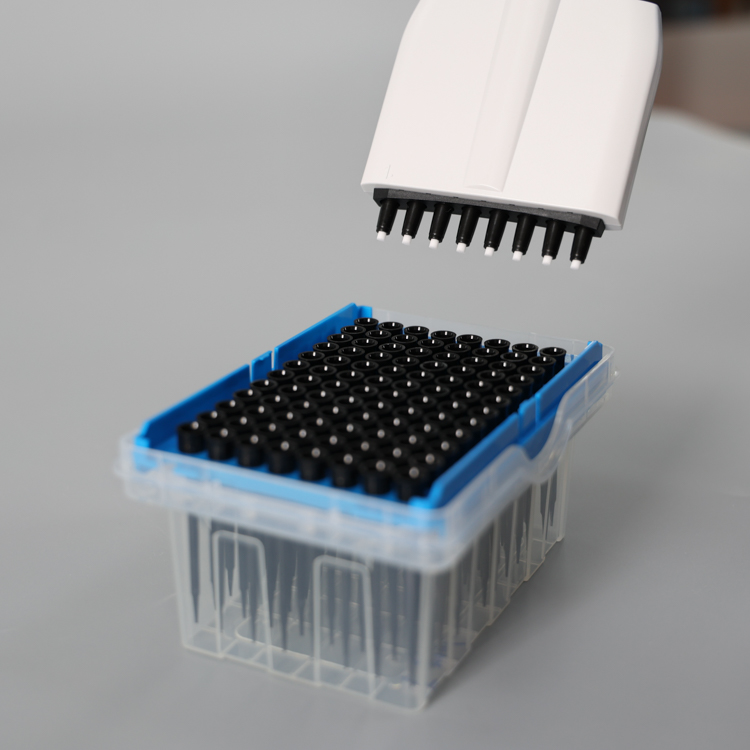Fruit Tree Root hairs by the fertilizer, the fertilizer is concentrated in the area of root hairs, which can improve utilization. Generally, the horizontal root distribution of fruit trees is about 1.0 to 1.5 times that of the canopy , and the vertical distribution varies with tree species, soil quality, and management level. The absorption roots of apples, pears and grapes are concentrated in the depth of soil layer 40 to 60 cm, while peach, plum, apricot and plum are about 40 cm. According to the above characteristics, combined with fertilizer characteristics, organic fertilizer should be applied in depth ; chemical fertilizers can be applied shallowly. A, to fertilizer organic fertilizer in autumn time (9-11 months) is applied, and is conducive manure composting, decomposition, absorption and storage healing roots, advantageously in the second flowering of fruit, fruit growing and spring shoots; local growers and diet Yuchun fertilizes more of its ills, which tends to cause low fruit setting and tree stripping. Fertilizer, compound fertilizer base fertilizer should be applied in the fall; dressing should, after falling fruit large expansion of applied 1-3 times as well. Second, fertilization method 1 , ring ditch application, also known as wheel fertilization. A circular groove is drilled a little further from the periphery of the canopy. The groove is 30 to 50 cm wide and 20 to 40 cm deep . The fertilizer is applied to the ditch, mixed with the soil and covered, and the orientation and depth are rotated every year.    2 , radial ditch application. At a distance of 1 m from the trunk , 5 to 8 grooves of 30 to 50 cm in width are radially swollen in the direction of growth of the roots , and the fertilizer is applied . The position can be changed every other year or every 2 years, and the fertilization area can be expanded year by year. When digging trenches, pay attention to the inner shallow depth to minimize the cutting of large roots.    3 , strip-shaped ditch application. Drip line on the outer periphery of the canopy, digging width 20-30 cm, 30 cm deep striped groove, into the manure, can be combined with deep plowing, annual replacement position. Use mechanized operation for orchards cultivated in wide rows.    4 , point fertilization. Outside the drip line outside the canopy, 3 to 5 holes are drilled every 50 cm or so , 30 cm in diameter and 20 to 30 cm deep . This method is mostly used for top dressing, which can reduce the contact surface between fertilizer and soil and avoid being fixed by soil.    5 , full application. Orchard canopy is used when handover has been covered the entire park roots, fertilizer spread on the floor about 30 cm after plowing, but because of the shallow fertilization, often induced floating root, used interchangeably with other appropriate fertilization methods, in order to complement each other. Third, the amount of fertilizer is generally 100 kg per fruit, 100 to 200 kg of organic fertilizer ; the pure amount of nitrogen, phosphorus and potassium is about 0.5 kg and is applied in stages. Fourth, pay attention to 1 , avoid organic fertilizer, such as chicken manure, etc., too concentrated, so as not to decompose the fat to produce heat alkanes, causing fat damage.    2 , avoid the application of nitramine. It is easy to absorb nitrate nitrogen fertilizer during fruit growth. If the nitrate is applied, the fruit tree absorbs too much nitrate ions, which is easy to cause accumulation poisoning.    3 , avoid water shortage of ammonium. Ammonium bicarbonate is extremely unstable and volatile. It should be used in the wet condition of the orchard or after watering, and should be covered immediately after application.    4 , avoid applying urea after watering. Urea Nitrogen contained under the action of soil microorganisms in order to be absorbed into the root system of fruit ammonium utilization. If water is applied immediately after applying urea, it is easy to lose a large amount of ammonia. Generally, it should be watered after 3 days of use ( buried ) .    5 , fertilization methods should be rotated every other year, not a single method for years.    6. Timely supplement crops' demand for trace elements and apply microbial fertilizer.
Compared with single-channel pipettes, multi-channel pipettes simplify all the tasks associated with microtiter plates that often occur in immunology, biochemistry, clinical diagnosis and food analysis. Multi-channel pipettes generally have 8 and 12 heads. The gun body can be rotated at 360°C, and each part can be disassembled and repaired separately. The lower half can be sterilized at 121°C. The dimpled housing ensures a firmer grip for the operator. Can be quickly calibrated.
how to use multi channel pipette,best multi channel pipette,multi channel pipette for 384 well plate Yong Yue Medical Technology(Kunshan) Co.,Ltd , https://www.yypipette.com

Fruit tree science fertilization skills
Total 1 | <First <Prev 1 Next> Last> |
share to: